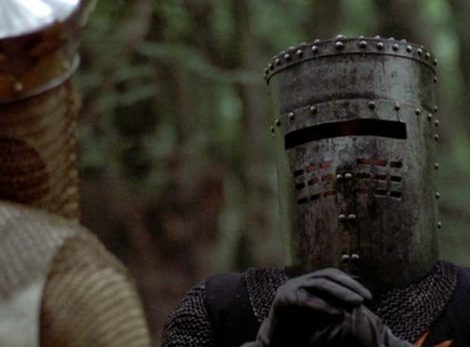Posted on: July 18, 2016 0
0

(Yet. Read this first. Then buy it, right away).
With the recent terror attacks on civilians and police in America, there is a rush on a piece of equipment that you should have owned to begin with- Body Armor. In the recent days, I have been flooded with people contacting me asking for guidance. Here it is:
Where to start?
I will always tell people that they need to establish the operational need first. This goes for anyone, no matter if you are a Civilian, Law Enforcement Officer, or Military. Make sure you fully analyze the piece of equipment’s possible uses, the environment it will be used in, and the capabilities it will need. Be realistic with that last one- we have the tendency to want one piece of gear to do everything under the sun. If a gear does everything, it probably doesn’t do individual things really well. We need to balance our capabilities between being too specialized or too generalized.
Start Comparing Carriers
Now that we have an initial set of requirements, it is time to start looking around. Start with reputable manufacturers that the professionals use. Crye, LBT, Eagle, etc should be your first stop. The items that these companies make will be more expensive, but they will last and they will be comfortable. The Crye JPC is usually what I steer guys to. While it isn’t a “Cadillac” vest it is very inexpensive, light, and durable. Be careful about a “cheap deal” from a company that doesn’t sell to SOF or major Agencies- you’ll probably get what you pay for.
Protection vs Mobility
Less is more here guys. I see waaaay too many Law Enforcement Officers wearing vests that are enormous. The point of a ballistic vest is not to be able to wear your cover, it is to give you a chance to survive first contact and GET to cover. When you do get to that cover, you actually need to be able to get behind it. As in the prone. If you can’t do that easily, you’re wearing too much. You should be able to climb over a wall, through a vehicle passenger compartment, or vehicle window without turning it into and epic drama. Forget your admin pouches, massive dump bags, deltoid and throat protectors, etc. Get minimalistic, carry the essentials. Every ounce you carry, is an ounce that will be dragging you down when you have to sprint to that next piece of cover under fire.
Hard Armor Plates
The first thing we need to understand is NIJ Threat Level. Many people don’t understand this. I’ve run into people who thought level IIIA was better than level III. Your base level should be NIJ Level III certification; this will protect you from rifle threats up to 7.62/.308 FMJ. Level IV adds 7.62/.308 Armor Piercing, but adds a bit of weight and cost. You should weight this against your established capability needs carefully when selecting level III or IV. Now you need to find a manufacturer for the plates. Ensure that any manufacturer you consider is listed on the NIJ website as compliant with the testing protocol. YouTube videos that show them doing their own “NIJ” testing don’t count- if they aren’t on the list- DO NOT BUY FROM THEM. Then, this is a game of simple comparison. Within your selected threat level, it is purely $$$ vs Pounds. You can currently get 4lb level IV stand-alone plates, but expect to pay a boatload.
AR500 vs Ceramic
This is often a contentious subject. Each has its disadvantages and advantages. One thing I’m going to throw at you for consideration it the durability. Ceramic body armor must be periodically x-ray inspected for cracks. I have yet to find any lab that offers this service to civilian or LE departments (if you do know of one, let me know). Many people think this isn’t a big deal, but there is a reason the Army does this annually (we did it more frequently in SOF). Ceramics will offer higher protection at a lower weight, but you need to be aware of this consideration. I’m not saying don’t buy it. I’m saying, that if it is going to live 90% of its life in the trunk of your patrol cruiser during Texas summers, take care how you stow it. Make sure it is secured and stored properly. Take the plates out regularly and inspect them for soft spots or ridges. If you don’t have the ability to keep your body armor somewhat protected from becoming a trunk projectile, you may consider AR500 steel plates with a good anti-spall build up.
Caveats
Right now, there is a huge run on demand with all manufacturers. The advice I give to LE is this: don’t wait 6 months to get a Crye JPC and NIJ Level IV stand-alone plates. If all you can get right now is some piece of crap Condor vest and steel plates- then GET it. When your preferred gear arrives, then rotate out or sell the less preferred gear. Which brings me to my next point- don’t buy used life support equipment. Parachutes, dive gear, climbing ropes, body armor, etc. (you get the idea).
Also, get a helmet. Follow the same process as above. You should have these, seriously. I’m not at all sympathetic to any LE Officer who says “it is too heavy to wear everyday on my shifts”. I did it, just like every other soldier, in combat zones daily. Suck it up and wear it. It is quite obvious that the threat is there.